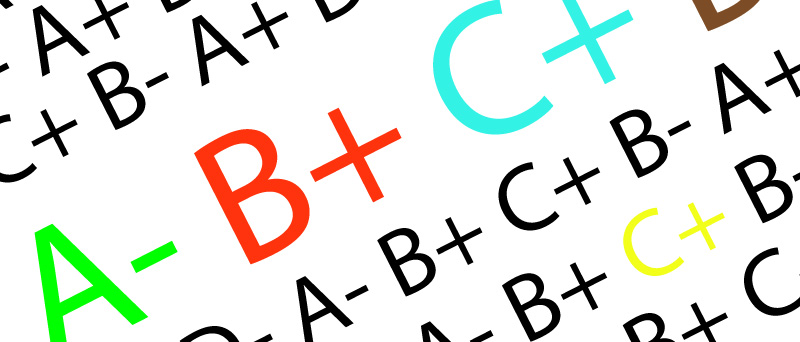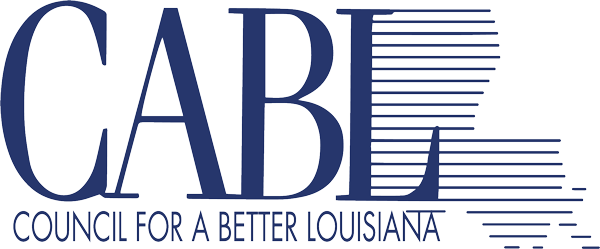
Louisiana’s latest round of LEAP scores are in and they come with a bit of good news and a reality check that is hard to ignore. Generally, students rebounded slightly from the COVID-related drop that occurred in 2021, but they are still behind their performance levels before the pandemic.
The good news out of the data is indeed encouraging. After significant drops in student performance in the aftermath of the pandemic, scores on the LEAP 25 statewide assessment are generally trending back upward. The goal is to get all kids to a level where they are considered proficient and in our rating system that’s considered Mastery or above.
The numbers below show results in reading and math in grades 3-8 comparing scores in 2019, before the pandemic, and 2021 and 2022. Tests were suspended in 2020 as schools across the state closed early. Just a quick glance tells you two things: we are back to an upward trend in overall performance, but we are still at unacceptably low levels.
LEAP 25 Scores in Grades 3-8 for Mastery and Above
Course 2022 2021 2019
English 42% 39% 44%
Math 30% 27% 34%
In many ways, the results shouldn’t be surprising. Learning loss was to be expected after schools closed two months early at the end of 2020. For the following school year, only 57% of students participated in fulltime, in-person learning with the rest engaged in virtual or hybrid instruction.
But by the most recent 2021-2022 school year, in-person learning jumped back up to 98%. Data over the course of the pandemic has clearly shown that students with more in-person, classroom learning outperform those who were taught in a virtual setting.
It’s also encouraging that the percentage of students performing at the Unsatisfactory level decreased and that Mastery levels increased for economically-disadvantaged students, students with disabilities, African-Americans, and other sub-groups of kids. It suggests that the learning loss caused by the pandemic does not have to be permanent, but it also reveals there are some very real gaps to close in a short period of time to get us back to a trajectory that will have more of our students performing at grade level.
The work of educators throughout this pandemic has been rightfully lauded. COVID changed the entire teaching world and forced everyone involved in education to re-think how they teach and to better prepare for unforeseen circumstances. In some places all of that was further exacerbated by hurricanes, floods, and other weather calamities.
Teachers should be considered among the heroes of this pandemic and it’s worth stopping and contemplating the value of their contributions in unprecedented circumstances. Sadly, COVID has cost education in more ways than one. Besides interrupting the norms of instruction, it has also helped further deplete the teaching corps. Many educators decided to retire early or leave the profession altogether, making the teacher shortages we were already experiencing all the more critical.
Still as daunting as all the challenges ahead may be, it makes it even more imperative that we double down on behalf of students and continue to give them the extra attention and support they need. One thing the pandemic has taught us is that some strategies for learning recovery have proven better that others.
For instance, national data indicate that remediation for students – basically, reteaching material from a prior year – was not nearly effective for getting students back up to speed as high-dose, targeted tutoring. Perhaps that is a lesson we can take from the pandemic and apply in the future to all of our students who are at risk of falling behind.
While it is a relief to see that so many of our students are showing signs of bouncing back academically, we cannot forget that even at pre-pandemic levels most of our kids were still not at grade level. But maybe it has shown us that if we can begin to overcome the learning loss from a health disaster that was beyond anyone’s control, perhaps we can apply that experience to the challenges of our students who have fallen behind for other reasons.
We owe it to them just as much as we do to the COVID generation.
